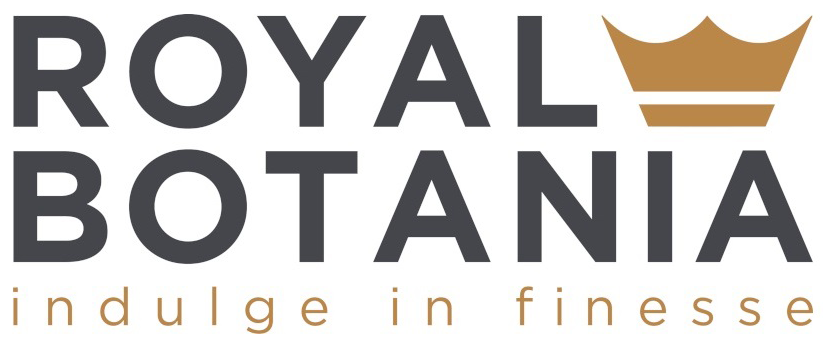User Defined Fields

What are User Defined Fields?
SAP Business One provides a comprehensive set of tables and fields as standard within each module of the ERP system. Using those tables and fields, you can accurately record the data within your processes.
However, if your SME wants to keep more specific business data and needs additional tables or fields to do so, simply create them yourself in SAP Business One.
Users who have permission to do so can define their own fields (UDFs – User Defined Fields) and tables (UDTs – User Defined Tables). This takes just a few simple steps. They can then start using them immediately.

Greater ease of use through User Defined Fields
User Defined Fields and User Defined Tables give SAP Business One even more flexibility and ease of use. Moreover, these self-created fields and tables are retained after upgrades to SAP Business One.
And if you would like to create a new company within your ERP system, you simply copy the UDFs and UDTs from your current company to the new company.

Consulting in queries and reports
User Defined Fields and User Defined Tables are created within the existing database structure.
That means you can also use the information in these additional fields and tables in queries, financial reports and layouts, such as quotes, invoices and order confirmations.
Want to learn more about SAP Business One?
Helping customers excel in their business with software and service. That is our goal. Would you like to discuss what SAP Business One can do for your business? We are here to offer honest advice!

Which product is most popular among your customers? Can you find this easily in your reports?
And do you know which item you need to promote in the month ahead because of an expiration date, for example?
With SAP Business One, you always have real-time insight into these and similar variables. In fact, all these variables can be found directly in personal reports after you add product or item information to SAP Business One using a UDF.
You can easily select a group of items, or variables thereof, by attaching specific attributes to additional fields in SAP Business One. For example, consider UDFs in which you specify the minimum or maximum size or weight of a product or item.
Entering an expiration date in a field you create is also possible.
Want to reference a website, document or image for additional information?
You can create a User Defined Field for that too.
Additional information about an item, business partner or marketing document can then be found instantly by any SAP Business One user.
You record information about your standard items using the standard fields and tables in SAP Business One.
But the moment you want to offer non-standard items, such as for a seasonal promotion, you can record those variables using self-created UDFs and UDTs.
Your non-standard items will then also be included in your reports.
What our customers say about SAP Business One
“SAP is facilitating our growth. Thanks to SAP, we have full control to steer our business and, as a relatively small player, we can compete with the largest companies in our sector.”
Tim van Heesch, Managing Director, Brouwer Technology B.V.








